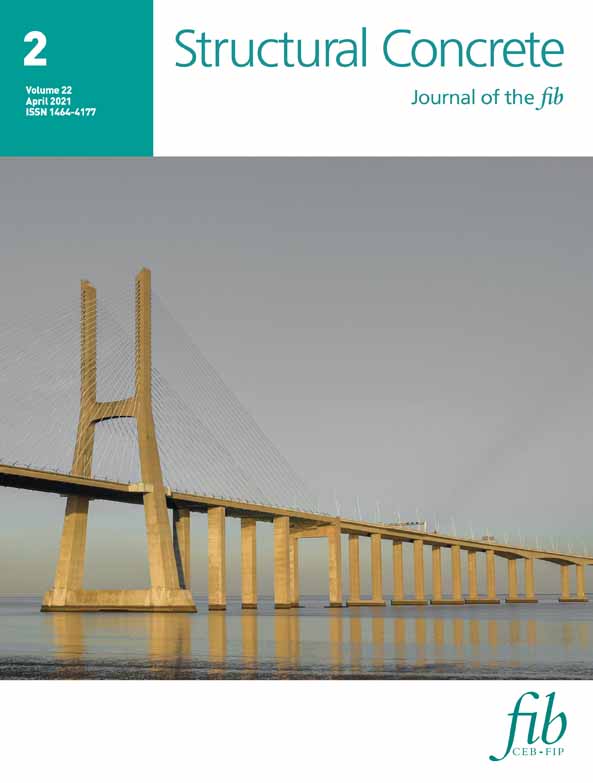Behavior and design of screwed-head fasteners in reinforced concrete under tensile loading
Funding information: Electricité de France, DIPNN-DT
Abstract
Screwed-head fastener is the common fabricated hold-down bolt for steel structures and machine foundations. Although different models are available for evaluating its structural behavior, there are still aspects that need to be investigated. In particular, conflicting approaches for the design can be found among the European design-oriented documents. Within this context, a comprehensive experimental study on screwed-head fasteners under tensile loading was recently carried out at Milan Polytechnic. In this paper, some results are presented and commented which include (a) the presence of cracks and (b) the presence of supplementary reinforcement. In the discussion, predictive models are recalled demonstrating the need for a specific design approach, which should consider the geometry and the resistance of the fastening system, including that of the concrete member. Some design recommendations end the paper as useful guidance for the structural designer.
Open Research
DATA AVAILABILITY STATEMENT
Data available on request from the authors.




